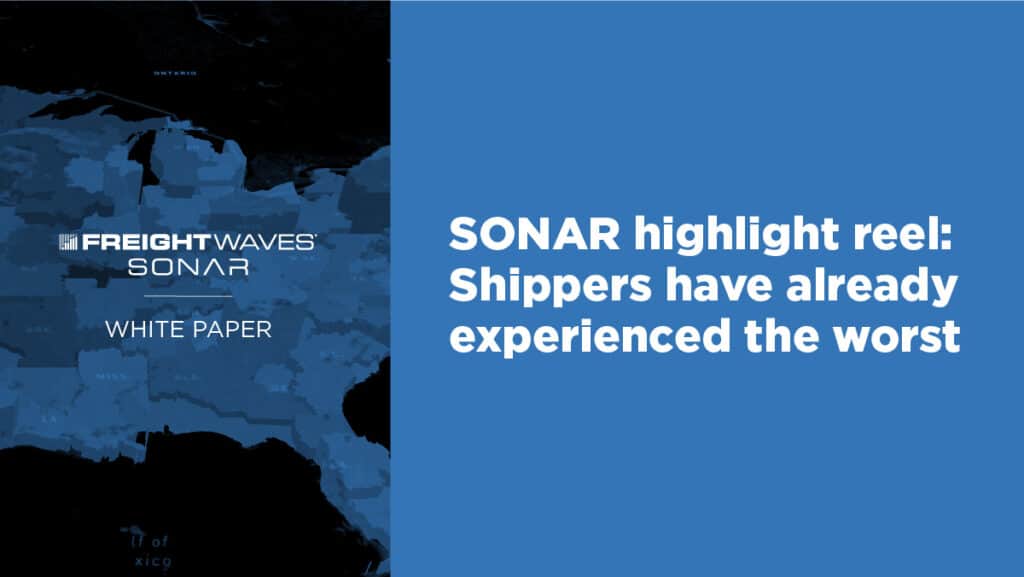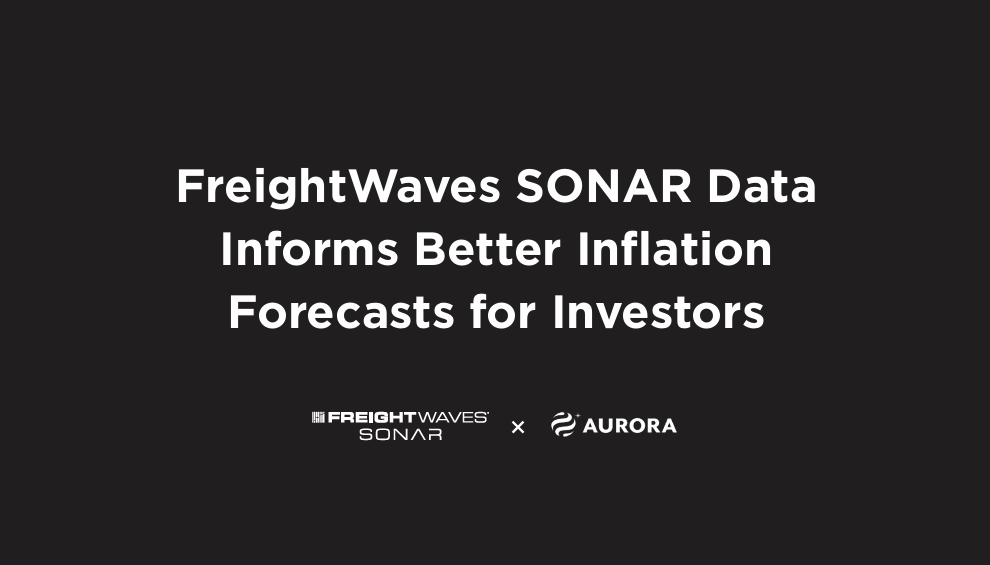This “SONAR highlight reel,” which we plan to publish every other week, is intended to concisely hit data highlights and trends in truckload, intermodal and maritime.
The end of the second quarter is typically a strong period for truckload freight and this year is no exception. While volumes remain elevated, tender rejection rates have declined steadily since early April. We attribute that to increases in contract rates, which have increased over 8% since last April, rather than any meaningful loosening in the freight market. Elevated import volume, inventory replenishment and capacity constraints are likely to keep the truckload market tight, but it is hard to see a catalyst that will make it incrementally worse from a shippers’ perspective.
Major trends in intermodal data include: (1) international intermodal volume showing y/y growth when revenue empties are included; (2) the volume of loaded international intermodal containers is now flat y/y; (3) domestic intermodal volume is lower y/y against difficult comps; (4) eastbound headhaul lanes continue to show far greater volume and pricing growth than backhaul lanes; (5) spot rates have spiked in certain domestic intermodal lanes as carriers price to the market; and (6) shortages of chassis and labor at port cities has worsened.
Meanwhile, elevated import volume and ocean capacity constraints continue to put upward pressure on ocean rates, particularly in the China to North America East Coast lane.






